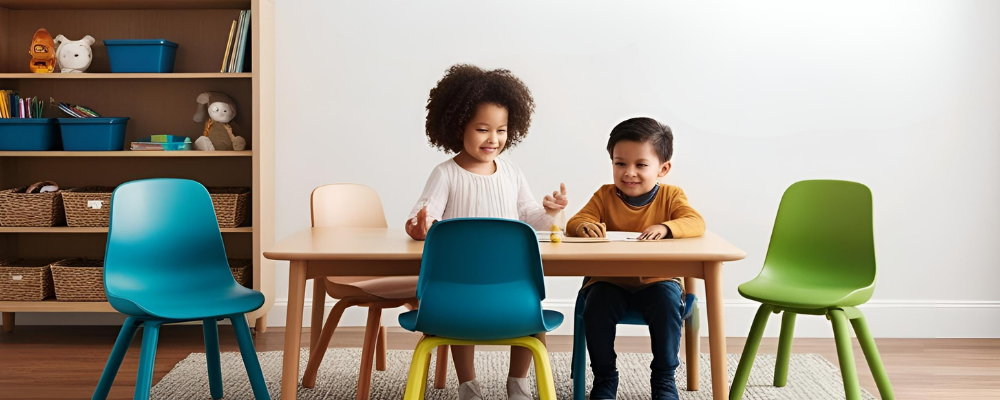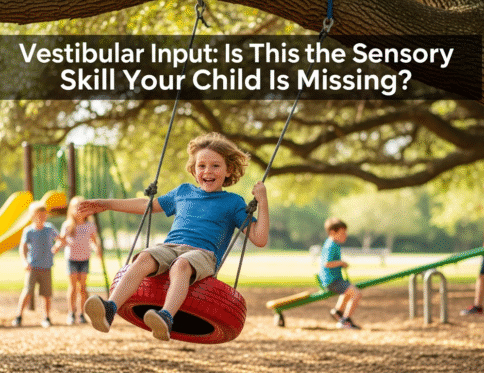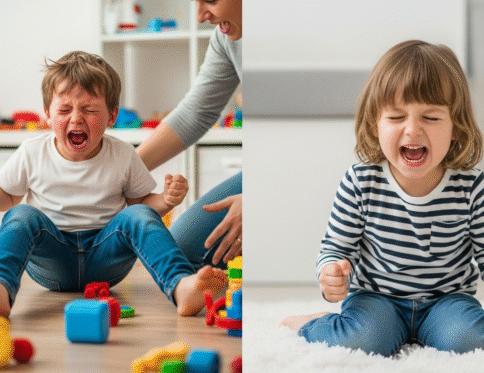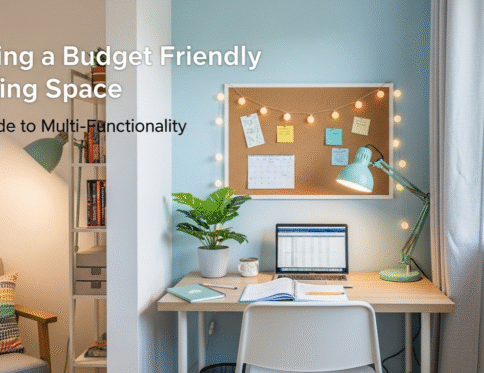As parents, we strive to provide the best for our children, and that includes creating environments where they can learn, grow, and play comfortably. One often-overlooked aspect of a child’s space is the ergonomics of their seating arrangements. Just like adults, children need furniture that fits their bodies to promote good posture, reduce strain, and support their development.
This comprehensive guide will walk you through the recommended chair and table heights for children across various age categories, ensuring you can make informed decisions when setting up their play area, study nook, or dining space.
Why Proper Chair and Table Height Matters for Kids
You might wonder, “Is it really that important?” The answer is a resounding yes! Incorrectly sized furniture can lead to several issues for growing children, including:
- Poor Posture: Slouching, hunching, or leaning due to an ill-fitting chair can contribute to long-term spinal issues.
- Discomfort and Fatigue: When a child’s feet dangle, or they have to stretch to reach the table, they quickly become uncomfortable and tired, hindering their ability to focus on tasks.
- Reduced Concentration: Discomfort is a major distraction. A child who is constantly shifting to find a comfortable position will struggle to concentrate on homework, crafts, or meals.
- Potential for Injury: While less common, awkward seating can put unnecessary strain on a child’s back, neck, and shoulders.
Finding the Perfect Fit: A Guide to Kids’ Chair and Table Heights
The key to ergonomic kids’ furniture is to match the dimensions to your child’s age and approximate height. Below is a detailed breakdown based on common developmental stages:
- Infants (6-12 Months): At this stage, little ones are just starting to explore sitting. A chair seat height of 5″-6″ (13-15 cm) is generally suitable, paired with a table height of 12″-13″ (30-33 cm). Think of low activity tables or high chairs with adjustable trays that bring the surface close to them.
- Toddlers (1-2 Years): As toddlers become more mobile and independent, they’ll benefit from furniture that allows them to sit and stand with ease. A chair seat height of 6″-7″ (15-18 cm) and a table height of 13″-14″ (33-35 cm) are ideal. At 2 years, a slight increase to a 7″ (18 cm) chair seat height and a 14″ (35 cm) table height is appropriate.
- Toddler/Preschool (2-3 Years): For this age group, aim for an 8″ (20 cm) chair seat height and a 16″ (40 cm) table height. This ensures their feet are flat on the floor or a footrest and they can comfortably reach the table surface.
- Toddler/Preschool (2-4 Years): As they grow, move to a 9″ (23 cm) chair seat height and a 17″ (43 cm) table height. This subtle increase accommodates their developing height.
- Preschool (3-5 Years): For preschoolers, a chair seat height of 10″ (25 cm) and a table height of 18″ (46 cm) provides ample space for crafts, drawing, and early learning activities.
- Preschool/School Age (4-6 Years): Transitioning to school, a chair seat height of 11″ (28 cm) and a table height of 19″ (48 cm) will support their growing needs.
- School Age (6-8 Years): For children aged 6-8, a 12″ (30 cm) chair seat height and a 20″ (50 cm) table height is recommended for homework and projects.
- School Age (6-9 Years): As they edge closer to 9, consider a 13″ (33 cm) chair seat height and a 21″ (53 cm) table height.
- School Age (9-10 Years): A chair seat height of 14″ (33 cm) and a table height of 22″ (56 cm) will suit children in this age range. Notice that the chair height might stay similar for a bit as the table height increases.
- School Age (9-11 Years): For kids in this age group, a chair seat height of 15″ (38 cm) and a table height of 23″-25″ (58-63 cm) provides ample space for their increasing height.
- School Age (10-11 Years): Moving towards pre-teen years, a 16″ (41 cm) chair seat height and a 24″-26″ (61-66 cm) table height is appropriate.
- School Age (12-13 Years): For this age group, consider a chair seat height of 17″ (43 cm) and a table height of 24″-29″ (61-74 cm). This range accommodates varying growth spurts.
- School Age (13+ Years): As children enter their teenage years and beyond, they will typically fit into standard adult-sized furniture. A chair seat height of 18″ (46 cm) and a table height of 26″-30″ (66-76 cm) is generally suitable.
Tips for Choosing and Arranging Kids’ Furniture:
- Measure Your Child: While age categories are helpful, individual children grow at different rates. The best approach is to measure your child’s seated leg length (from the back of the knee to the floor) and compare it to the chair seat height. Their feet should be flat on the floor or a stable footrest.
- Adjustability is Key: If possible, invest in adjustable kids’ furniture. Desks and chairs that can be raised or lowered will grow with your child, saving you money in the long run.
- Consider Footrests: If a chair is slightly too high, a footrest can make a big difference in comfort and support.
- Knees at 90 Degrees: When seated, your child’s knees should ideally form a 90-degree angle. Their hips should also be at roughly a 90-degree angle or slightly open.
- Elbows at Table Height: When sitting at the table, their elbows should be able to rest comfortably on the surface without shrugging their shoulders.
- Quality Over Quantity: Investing in well-made, ergonomically sound furniture for your child’s main workspaces is a worthwhile investment in their long-term health and well-being.
- Observe Your Child: Pay attention to how your child sits and interacts with their furniture. Are they slouching? Do their feet dangle? Are they struggling to reach? These are all signs that an adjustment might be needed.
By paying attention to the details of kids’ chair height and children’s table height, you can create a comfortable and supportive environment that fosters healthy habits from a young age. Investing in ergonomic kids furniture is an investment in their comfort, concentration, and long-term physical health.
Important Information:
The information provided in this article is for general informational purposes only and should not be considered as professional medical or ergonomic advice. Always consult with a qualified expert or healthcare professional for personalized recommendations regarding your child’s specific needs and development.






